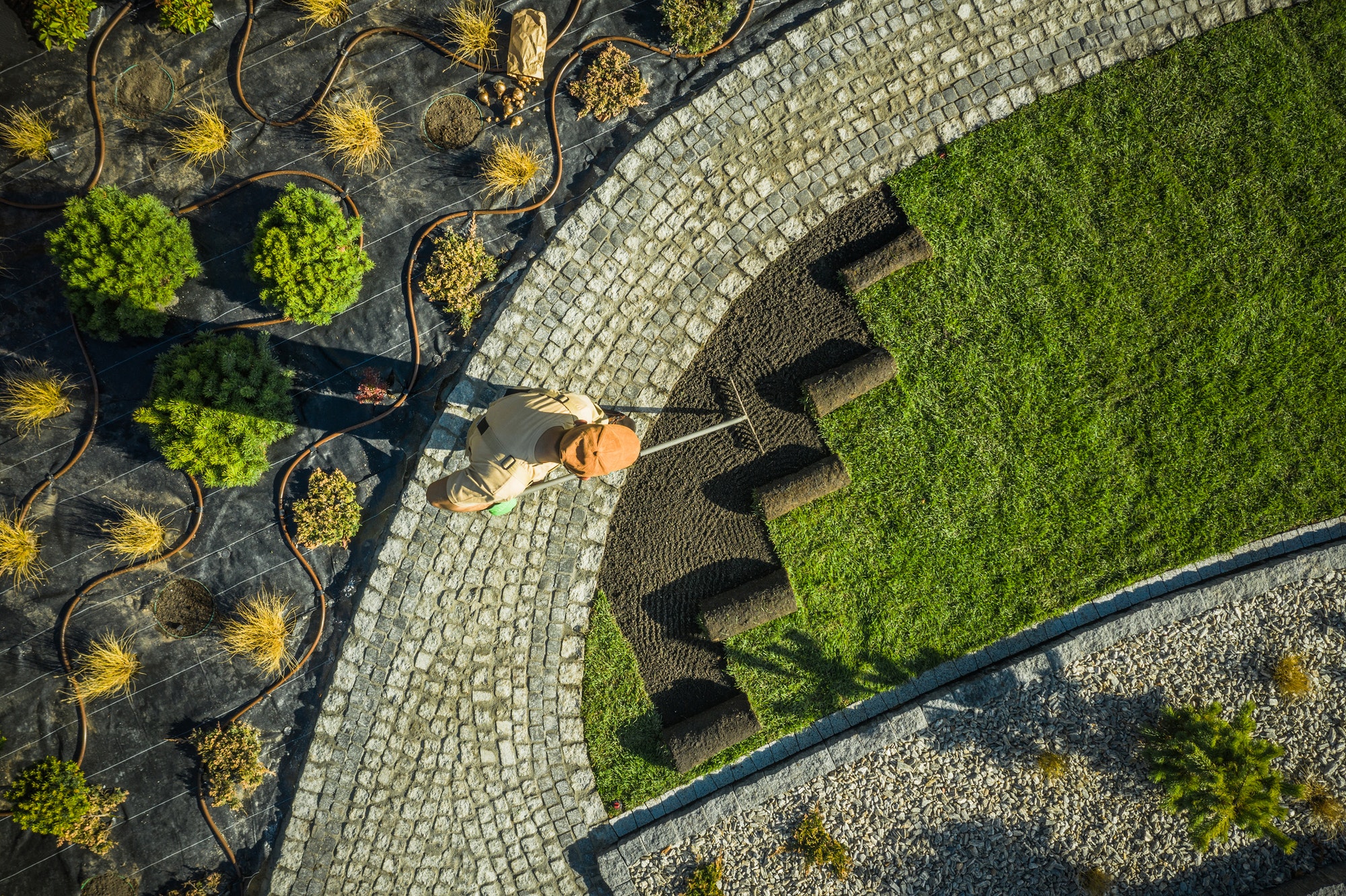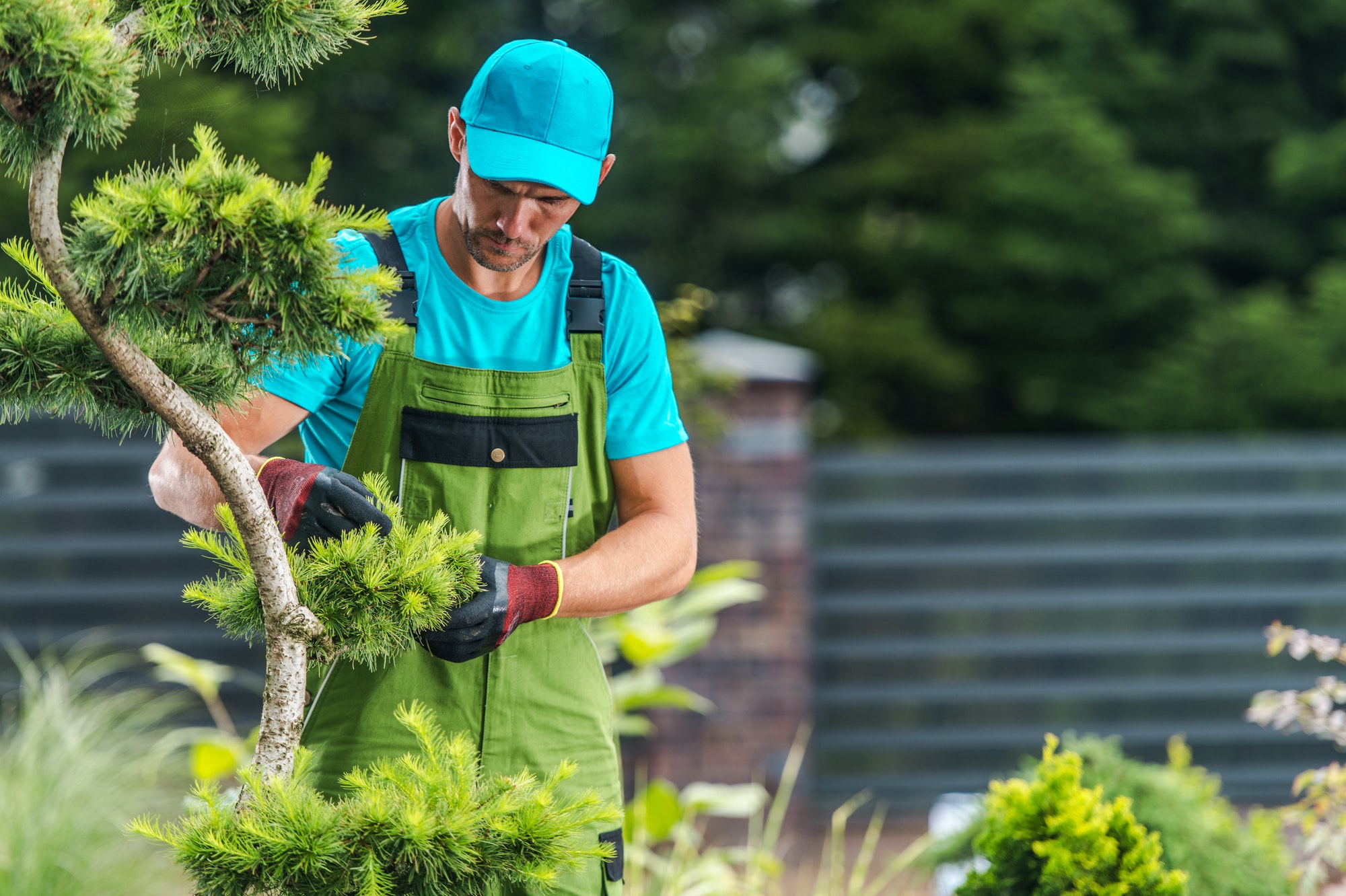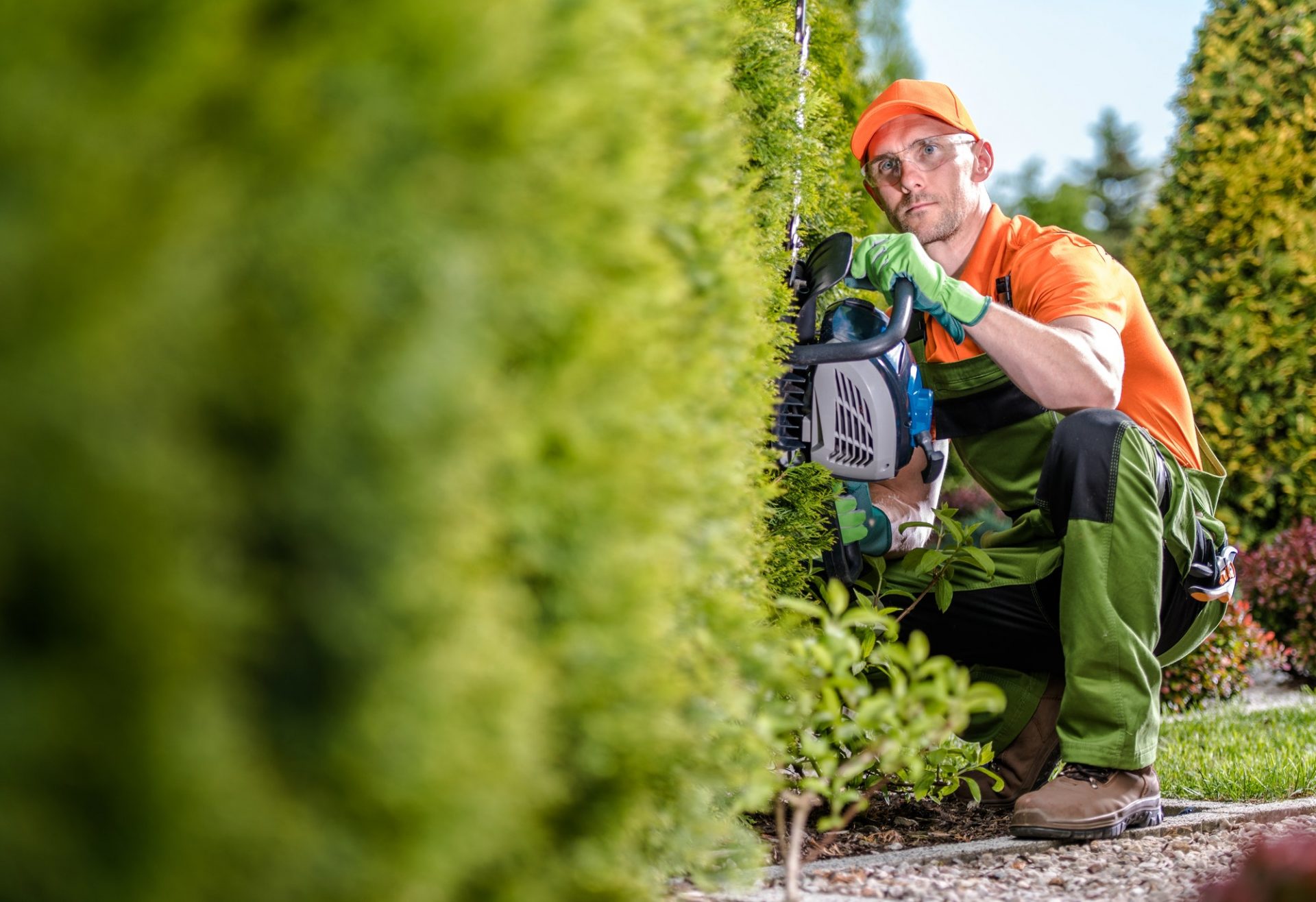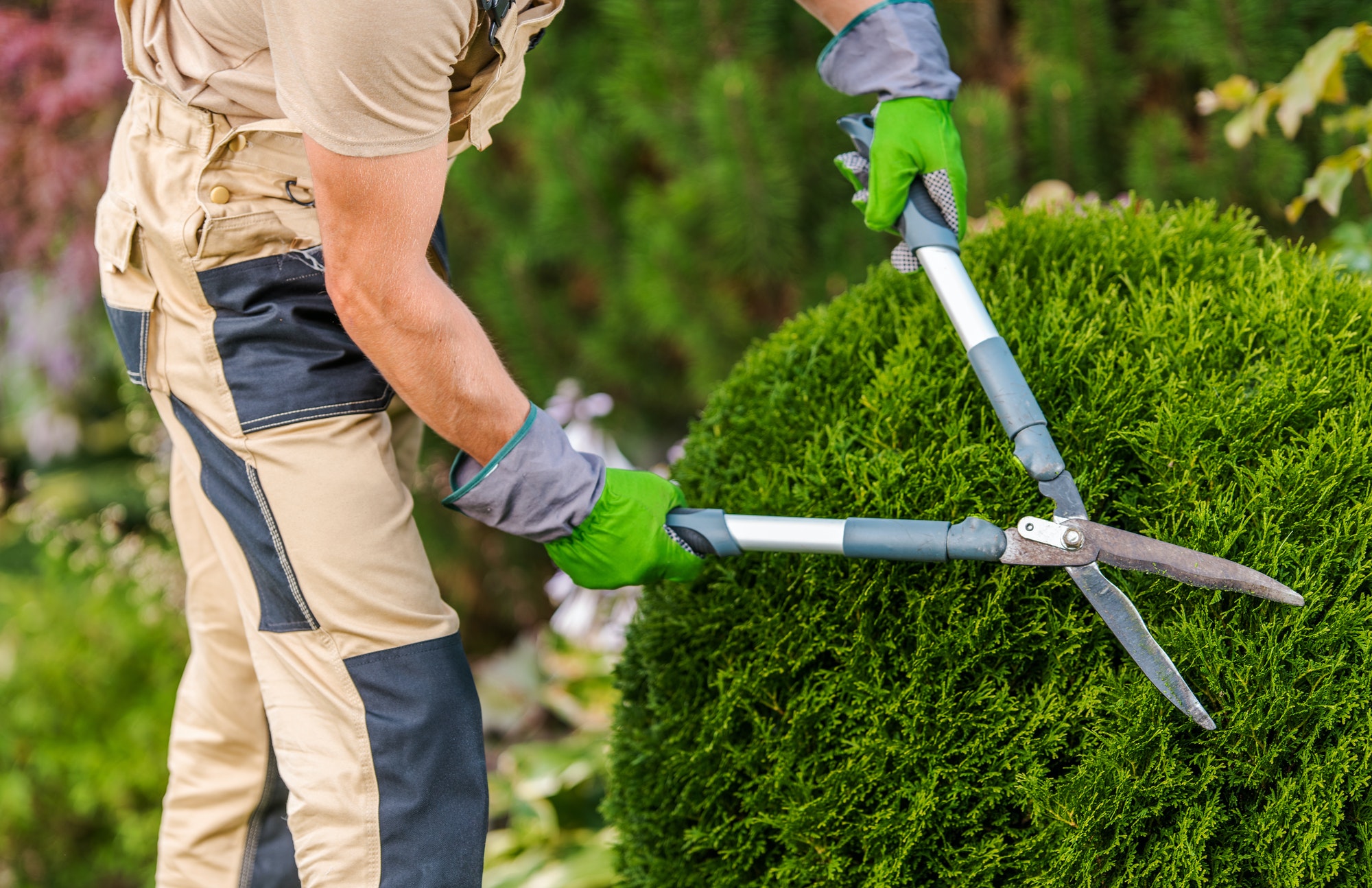Introduction
Your outdoor area is more than just a patch of green—it’s an extension of your home. In this detailed guide, we explore how custom-built patios, decks, and walkways can transform your garden into a luxurious, functional retreat.
The Vision: Expanding Your Living Space
- Concept to Reality: Dream up a design that complements your home’s architecture while reflecting your personal style.
- Integrated Design: Seamlessly blend your indoor and outdoor living spaces with thoughtful layout planning.
- Functionality & Aesthetics: Prioritize both beauty and utility by ensuring each element, from the patio to the walkway, works together harmoniously.
Design Essentials and Material Choices
- Patios: Choose between natural stone, pavers, or stamped concrete. Consider factors like durability and maintenance for your climate.
- Decks: Wood, composite, or even metal decks offer varied aesthetics and functional benefits—ensuring safety and longevity.
- Walkways: Curved paths, straight lines, or creative mosaic designs can guide movement and enhance the overall flow of your garden.
Step-by-Step Process
- Consultation & Concept: Work with design experts to bring your ideas to life.
- Planning & Material Selection: Evaluate different materials, keeping in mind local weather conditions and maintenance needs.
- Construction & Finishing Touches: Expert installation is key—ensuring durability, safety, and visual appeal.
Benefits of Outdoor Living Spaces
- Added Property Value: A well-designed outdoor space enhances both beauty and market value.
- Year-Round Use: With proper planning, your outdoor retreat can be enjoyed in every season.
- Connection to Nature: These structures foster outdoor socializing and relaxation, elevating your quality of life.



